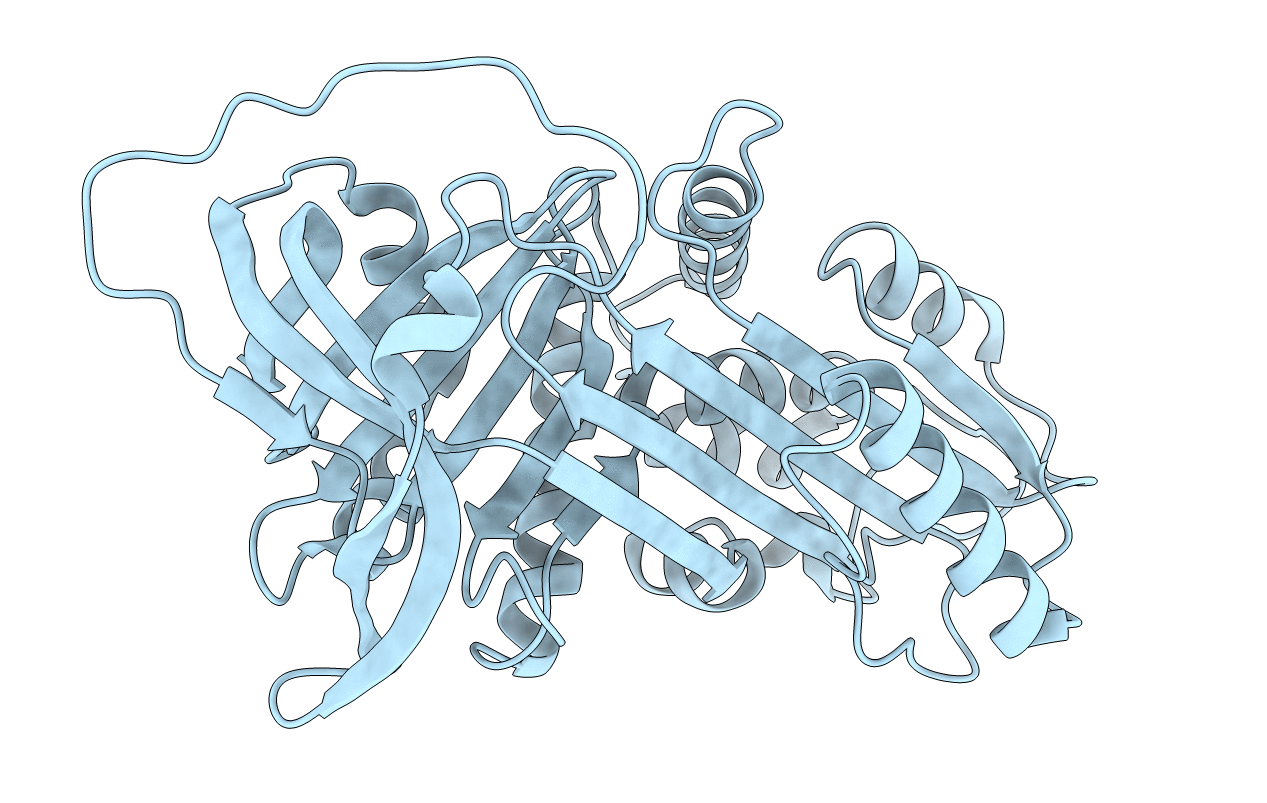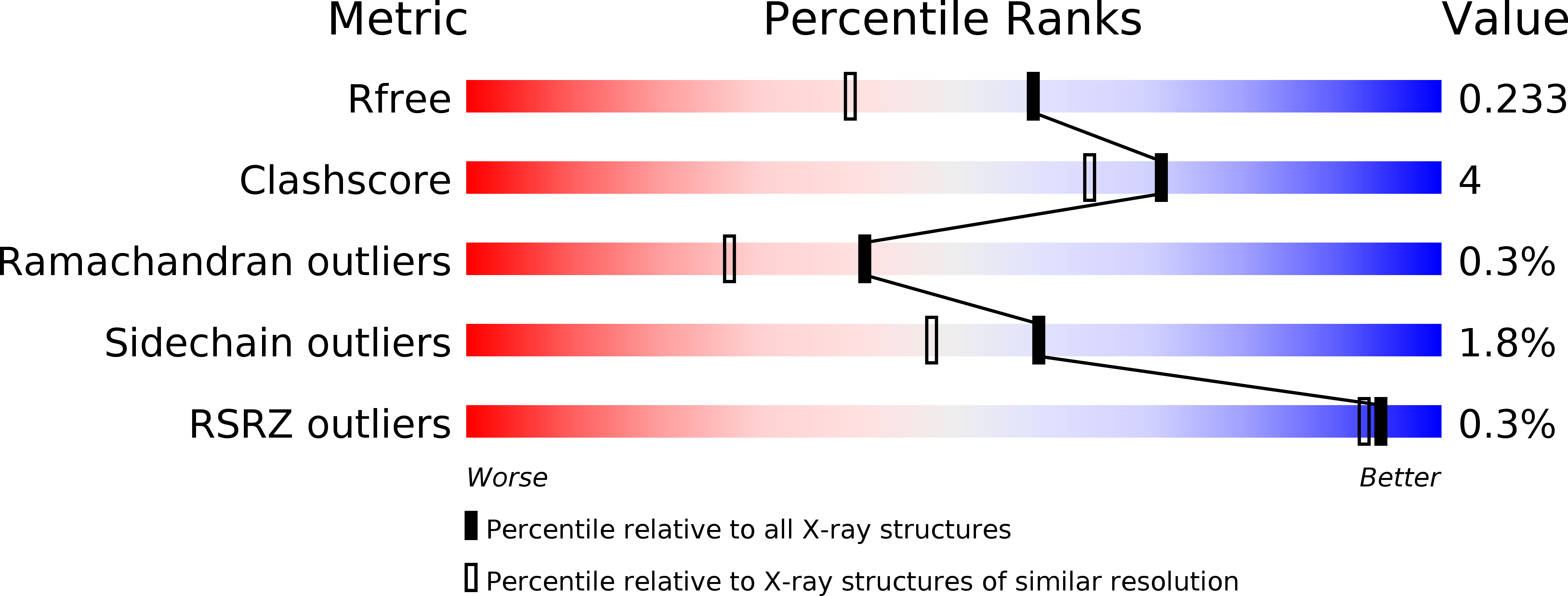
Deposition Date
2010-06-08
Release Date
2011-12-14
Last Version Date
2023-09-06
Entry Detail
PDB ID:
3NE4
Keywords:
Title:
1.8 Angstrom structure of intact native wild-type alpha-1-antitrypsin
Biological Source:
Source Organism:
Homo sapiens (Taxon ID: 9606)
Host Organism:
Method Details:
Experimental Method:
Resolution:
1.81 Å
R-Value Free:
0.23
R-Value Work:
0.18
R-Value Observed:
0.18
Space Group:
C 1 2 1


